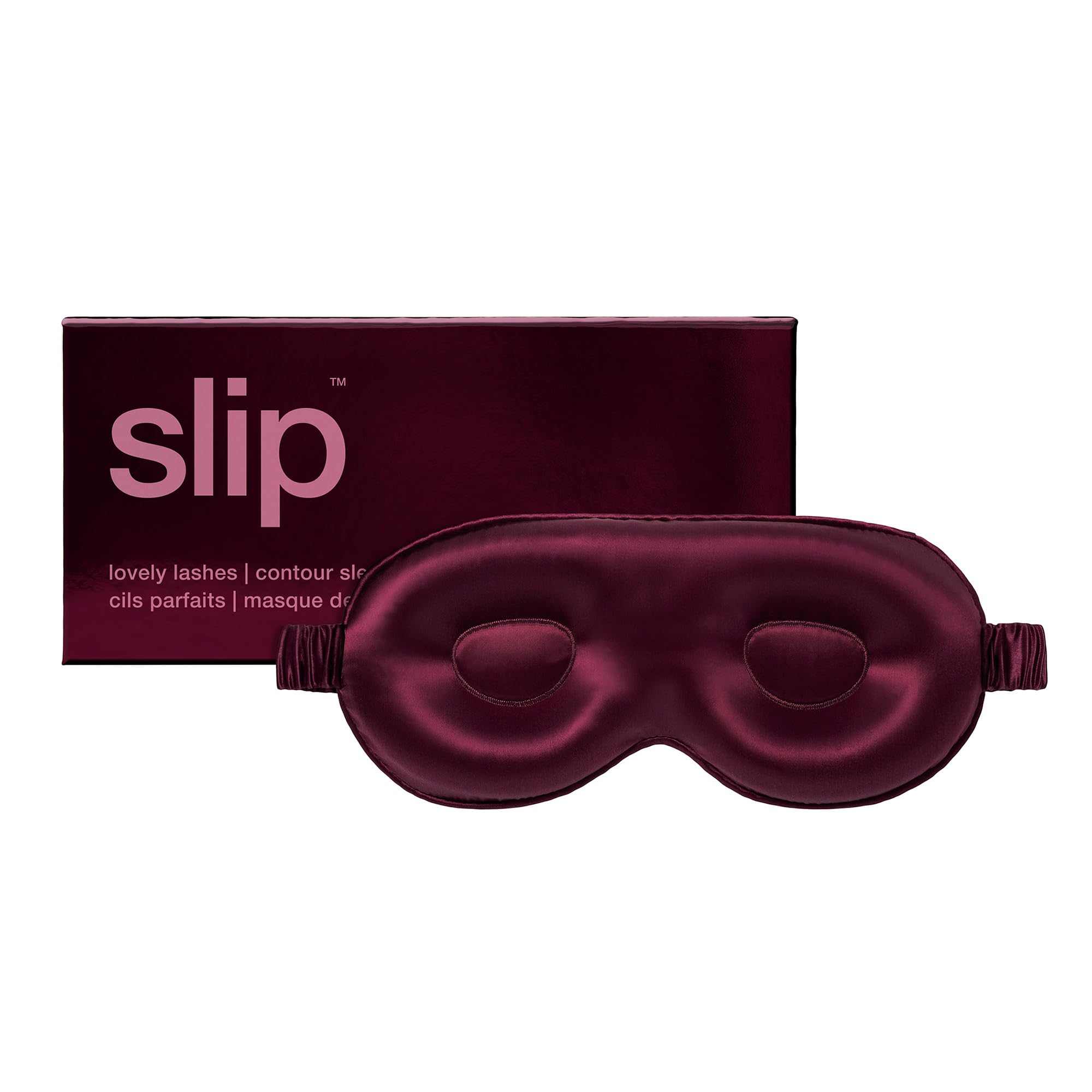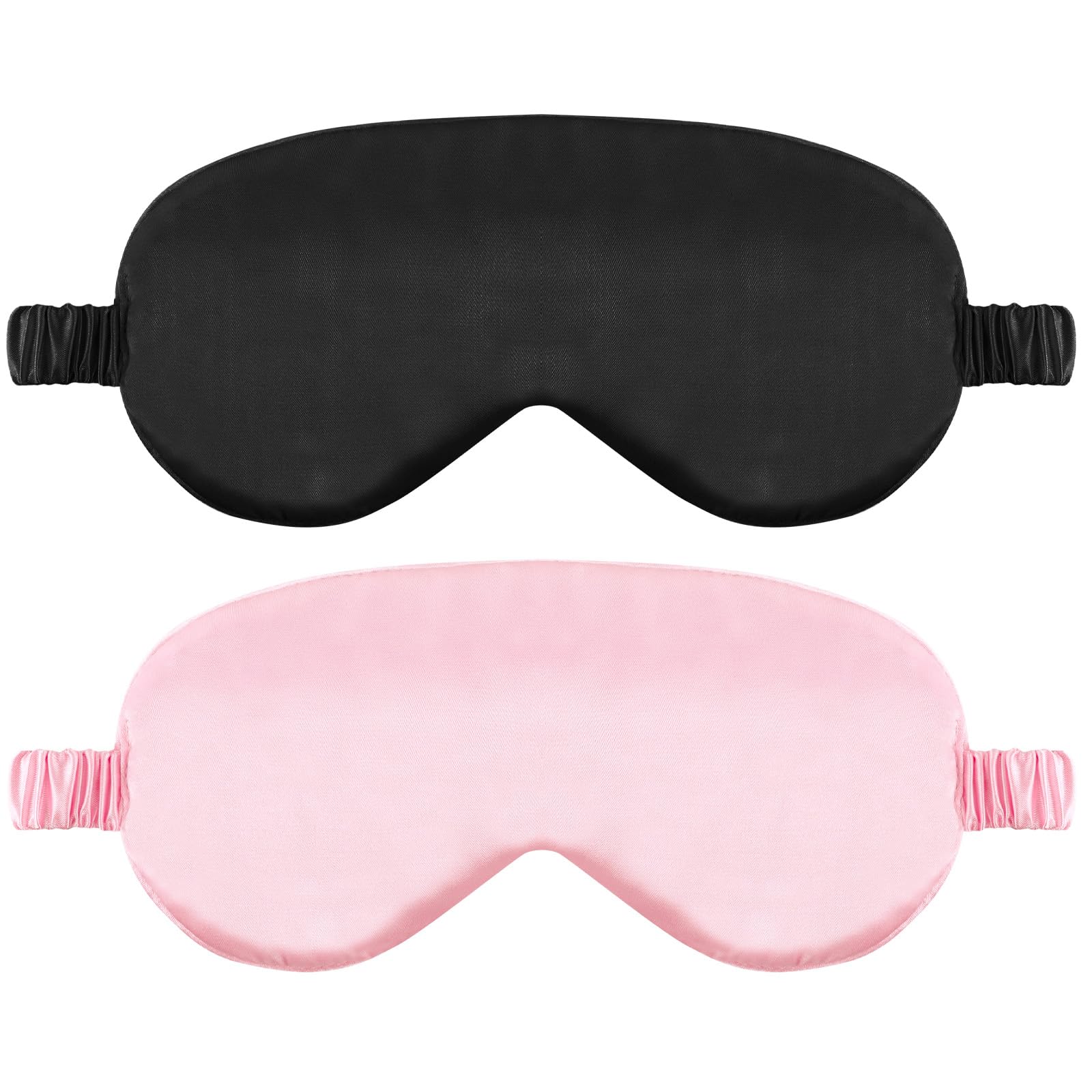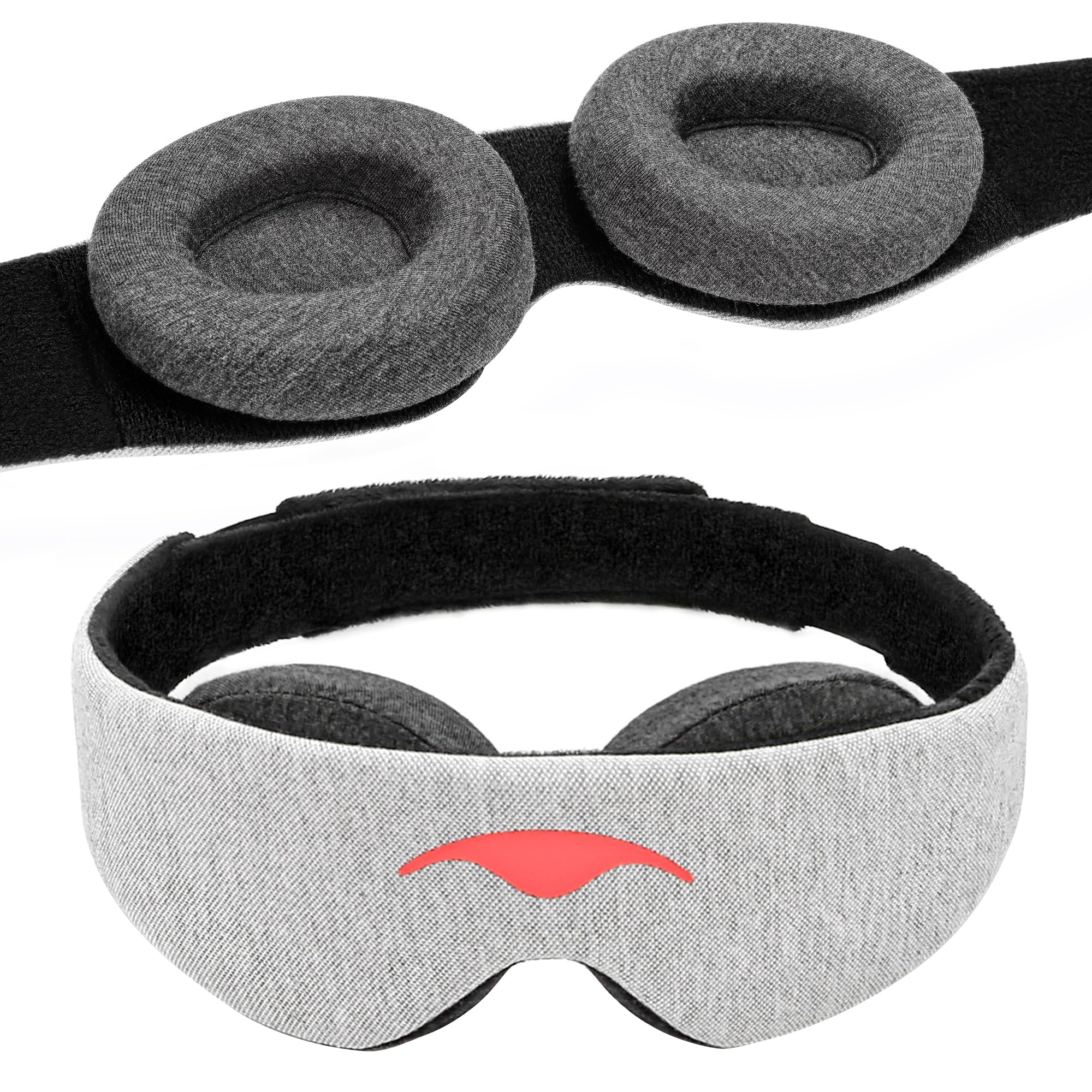A clean sleep mask feels softer on skin, seals better at the nose, and lasts longer. Different fabrics need different care. This simple guide covers how to wash silk, cotton, and foam contoured masks, how often to clean them for skin health, and how to dry and store them so they do not lose shape. Follow these steps and your mask will stay fresh and effective through many nights.
Light stays out with sleep masks that seal at the nose.
Silk masks: gentle cleaning
Silk feels cool and smooth, which is why it is popular for delicate skin and lashes. Wash by hand in cool water with a small amount of gentle detergent. Swish, do not scrub. Rinse well and press between towels to remove water without wringing. Lay flat to dry away from direct heat or sunlight. Silk dries quickly and holds its feel when handled gently. If your mask has a removable insert at the nose, take it out before washing and let both parts dry completely.
Cotton masks: easy and durable
Cotton percale or sateen masks can usually handle a delicate machine cycle, though hand washing still prolongs their life. Use mild detergent and cold or warm water. Avoid fabric softener if you rely on the fabric to grip your skin for a better seal. Tumble on low or air dry flat. Steam or iron on low heat if the fabric wrinkles, but keep heat away from elastic and foam inserts to avoid damage.
Contoured foam masks: keep the shape
Contoured masks use foam to create lash space. Disconnect any removable straps and spot clean the foam with a damp cloth and mild detergent. Rinse by wiping with clean water and let the foam air dry fully before use. Do not soak dense foam because it can take a long time to dry and may lose resilience. If the mask includes a fabric cover over the foam, follow the fabric care instructions for that cover.
How often to wash for skin health
If you wear skincare at night, oils and product can transfer to the mask. Wash silk and cotton every few uses to keep the fabric fresh. People with sensitive or acne prone skin may benefit from washing more often. For travel or busy weeks, keep a second mask so you always have a clean one ready. A clean mask smells better and often seals more consistently at the nose.
Drying and storage
Always let the mask dry completely before wearing it. Damp fabric can stretch out or hold odours. Store flat in a drawer or on a hook. Avoid crushing masks under heavy items, especially contoured designs that can deform under weight. If your mask has an adjustable nose insert, store it in a neutral shape so it is easy to fit next time.
When to replace a mask
Replace masks when elastic loses tension, fabric pills heavily, or the nose area will not seal even after adjustments. Foam that stays compressed or has permanent dents will not block light well. If you wake with redness where the mask touches, try a different fabric or a looser strap. Comfort and darkness should both be easy to achieve with the right design.
Masks that are easy to clean and seal well feature in sleep masks for UK readers. If noise affects sleep, comfortable earplugs complete the setup.
FAQs
Can I machine wash a silk sleep mask?
Hand washing is safer. If you must use a machine, choose a delicate cycle, cool water, a garment bag, and skip the spin. Lay flat to dry.
How often should I wash my sleep mask?
Every few uses for most people, and more often if you wear skincare at night or have sensitive skin. Keep a second mask so you always have a clean one available.
Is fabric softener a problem?
It can reduce grip on cotton masks, which may make light leaks at the nose worse. Use mild detergent and skip softener for masks that rely on fabric grip.





